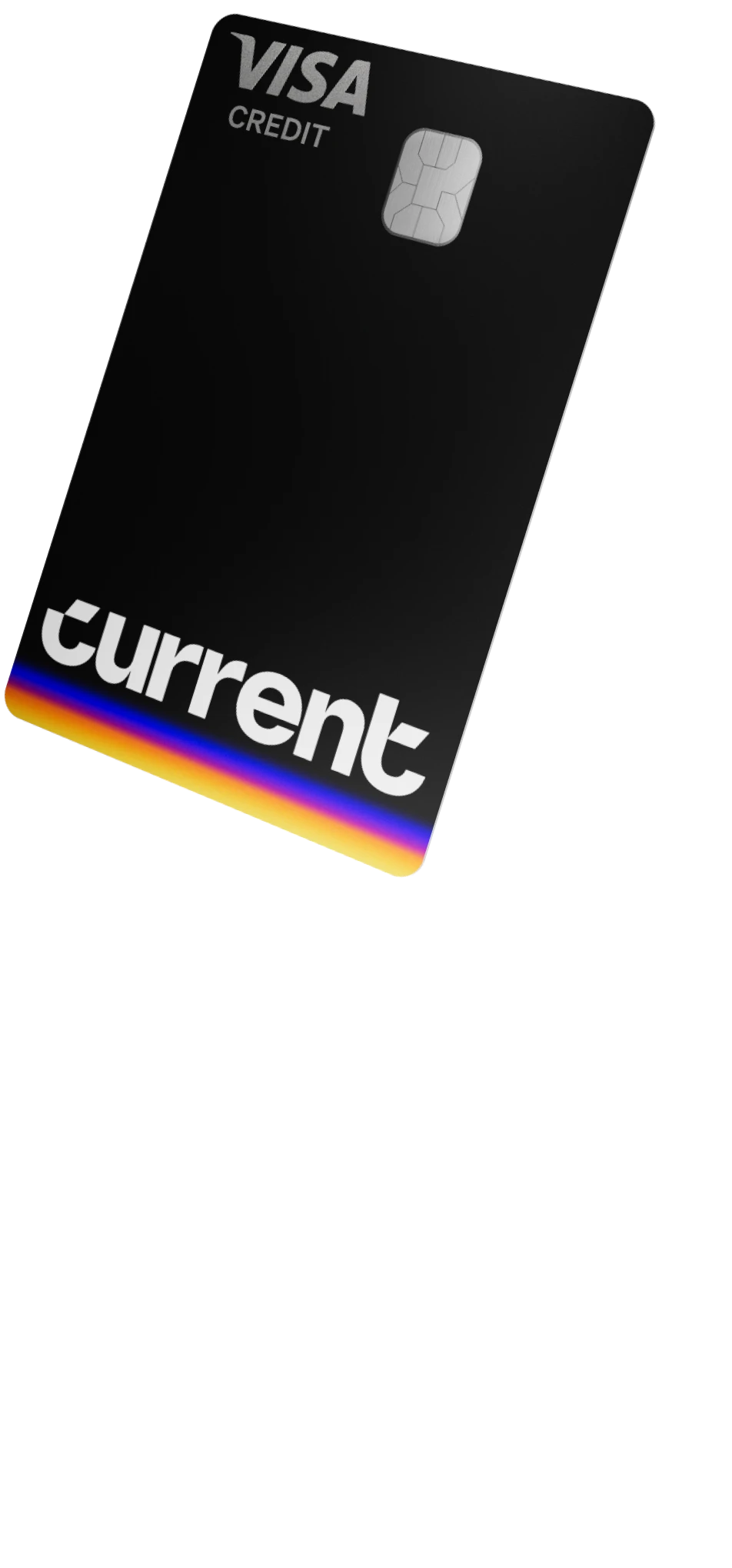50/30/20 Budgeting: How to do it

How much of your take-home pay should be devoted to debt? How much can you spend on the things you want but don't need? How much should you save up for the future?
If you're stumped by these questions, you're not alone. More than half of Americans feel lost when they're asked to create a stable financial plan they can follow over the long term.
The 50/30/20 plan, crafted by Elizabeth Warren, can help you split your expenses into meaningful buckets. The result is a template you can live with and build on to manage your money and prepare for the future.
What Is the 50/30/20 Rule?
Frameworks help you create a budget scaffold. Use them to start your work and customize to fit your family's needs. The 50/30/20 rule is one such framework.
The three categories within the 50/30/20 rule are percentages:
- 50% necessities
- 30% wants
- 20% savings
Use this framework, and you will have money set aside for both things you want and need. But you'll also set aside money for the future.
The 50% Bucket: What Belongs Here?
Half of your budget is devoted to things you absolutely need to stay alive and functioning.
Your 50% budget bucket might include these things:
- Rent
- Health insurance payments
- Utility bills
- Groceries and toiletries
You must tackle all of these bills each month without fail. But if you look closely, you might see items you can trim.
For example, the average rent for a two-bedroom apartment is more than $1,300. If you're spending much more than that each month, and that means you're spending more than half of your income on necessities, finding a new place to live might be wise.
Similarly, the average car payment is $554 if you buy a new vehicle. Settle for a used model, and you'll pay just $391 per month. Choose public transportation, and you'll pay even less. If you're spending more than half of your budget on necessities, a trim like this could be a smart financial step.
You can't eliminate necessary items altogether. But you can look for ways to spend your money wisely, so you're not blowing past your budget each month.
The 30% Bucket: What Belongs Here?
Things you want but don't need are part of this budget category. Follow the 50/30/20 rule, and you're not required to eliminate wants from your life. But you may find you're spending more on things you desire, and that leaves less money for the future.
These are common items within the 30% bucket:
- Entertainment
- Restaurant expenses
- Holiday gifts
- Vacations
Some things you might consider needs are actually wants if you look a bit closer. For example, a standard Netflix subscription costs about $14 per month. You may feel like you need your streaming fix. But you could get by without it if you choose a free service like YouTube instead.
Impulse spending could also fall in the wants category, and more than 40% of Americans have made a buy like this online within the last year. If you're tempted to pick up something that catches your eye, and you don't need it for survival, it's a want. If you're always tempted to buy, you may need to place limits on your browser time.
The 20% Bucket: What Belongs Here?
Money set aside for the future belongs in this budget category. If you've spent every dime you've earned, saving can seem unusual or difficult. But savings are a critical part of your financial health.
Two types of savings goals could be right for you.
- Short-term goals: An emergency account could help you handle the unexpected, like a $600 medical bill you didn't see coming.
- Long-term goals: A retirement fund could help you save up so you can rest and relax in your old age.
Remember that you don't have to put aside every dime and build up a robust account right away. You're only required to set aside 20% of your take-home pay for this category. Your savings will accrue slowly over time. But each month, when you check your account balances, you'll see the results of your hard work.
Is This Plan Possible?
Following a budget isn't always easy, especially if you've never done anything like this before. Building financial skills is a bit like weightlifting. You see the results in time, but your progress can be slow.
At Current, our tools can help you follow the 50/30/20 rule. Use our mobile app to understand your spending habits. Log in, and you'll get an in-depth picture of just how much you're spending on wants vs. needs right now, and that can help you make meaningful changes and create a budget.
We also offer Savings Pods, which are ideal for short-term savings. Designate a pod, and put money from your 20% bucket into it each month. If you face an emergency, pull the money back out. You can also automate savings to your pods.
Don't worry about federal government limits on transfers between checking and savings. Our pods just don't work that way. You can transfer as often as you need to without restrictions.
We'll also send you alerts about your spending on your phone when you enable push notifications, so you'll know how many automatic deductions appear each month and how they impact your balance.
Tools like these make following the 50/30/20 rule easier. Let's get started. Download our app and create an account in just two minutes.
Current is a financial technology company, not a bank. Banking services provided by Choice Financial Group, Member FDIC.
References
Americans Are Clueless When it Comes to Personal Finance. (January 2018). New York Post.
About. FiveThirtyTwenty.
America's 2019 Rental Market in Review: Did Renters Pay More? (December 2019). Abodo.
What's the Average Car Loan Payment? (October 2019). Experian.
Netflix Just Hiked Up Their Prices — Here's How Much Every Subscription Plan Costs Now. (October 2020). Business Insider.
80 Percent of Younger Shoppers Make Impulse Purchases Online — Here's How Sites Trick You Into Spending. (December 2018). CNBC.
Surprise Billing: Choose Patients Over Profits. (August 2019). Health Affairs.
Retirement Living: Here's What it Costs to Retire Comfortably in Every State. (August 2020). USA Today.




